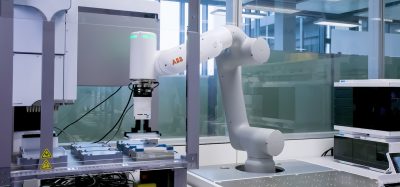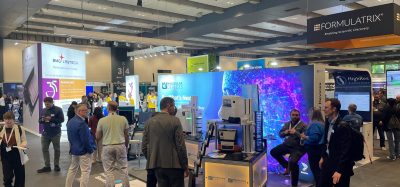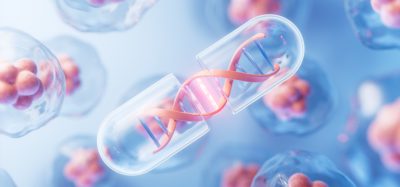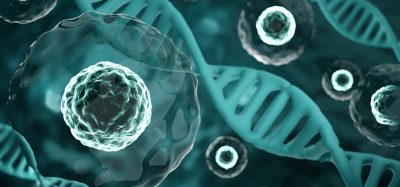New photonic effect could accelerate drug screening processes
Posted: 17 January 2022 | Victoria Rees (Drug Target Review) | No comments yet
Researchers have shown that twisted nanoscale semiconductors can be utilised to accelerate the discovery of drugs through high-throughput screening.


A new study by researchers at the University of Bath, UK, and the University of Michigan, US, has shown that twisted nanoscale semiconductors can manipulate light in a novel way. According to the team, the effect could be harnessed to accelerate the discovery and development of life-saving medicines as well as photonic technologies.
The researchers say that the photonic effect could help enable rapid development and screening of new antibiotics and other drugs through automation, as it offers a new analysis tool for high-throughput screening. For this, a tiny sample of each compound fills a well on a microplate. The wells can be as small as a cubic millimetre and a plate the size of a chocolate bar can contain a thousand of them.
“To meet the requirements of the emerging robotised chemistry, wells are getting really tiny – too small for current analytical methods,” said Professor Ventsislav Valev, at the University of Bath and co-corresponding author of the paper published in Nature Photonics. “So, fundamentally new methods are needed to analyse would-be drugs.”
One of the key measurements in drug analysis is chirality, or which way the molecule twists. Biological systems, including the human body, typically prefer one direction over the other, a right-handed or left-handed curl. At best, a drug molecule with the wrong twist does nothing, but at worst, it can cause harm. The effect discovered by the researchers allows chirality to be measured in volumes that are 10,000 times smaller than a cubic millimetre.
“The small volumes possible for registration of these effects are the game changing property that enables researchers to use very small amounts of expensive drugs and collect thousands times more data,” said Professor Nicholas Kotov, at the University of Michigan and co-corresponding author of the paper.
The method relies on a structure inspired by biological designs, developed in Kotov’s lab. Cadmium telluride, a semiconductor commonly used in solar cells, is shaped into nanoparticles resembling short segments of twisted ribbon. These assemble into helices, mimicking the way proteins assemble.
“Being illuminated with red light, the small semiconductor helices generate new light that is blue and twisted. The blue light is also emitted in a specific direction, which makes it easy to collect and analyse,” Kotov said. “The trifecta of unusual optical effects drastically reduces the noise that other nanoscale molecules and particles in biological fluids may cause.”
To use these effects in high-throughput screening for drug discovery, the nanoparticles assembling into helices may be mixed with a drug candidate. When the nanohelices form a lock-and-key structure with the drug, simulating the drug target, the twist of the nanohelices change dramatically. This change in the twist can be measured through the blue light.
“Applications to drugs are now only a question of technological development. Our next step is to seek funding for this development,” said Valev, who led the photonic experiments at Bath.
The generation of the blue light from red is also helpful in drug development in samples approaching the complexity of biological tissues. The team say the separation of two colours of light is technically easy and helps reduce light noise, false positives and false negatives.
The University of Michigan has filed for patent protection and is seeking partners to bring the new technology to market.
Related topics
High-Throughput Screening (HTS), Lab Automation, Photonics, Screening
Related organisations
Michigan University, University of Bath
Related people
Professor Nicholas Kotov, Professor Ventsislav Valev








